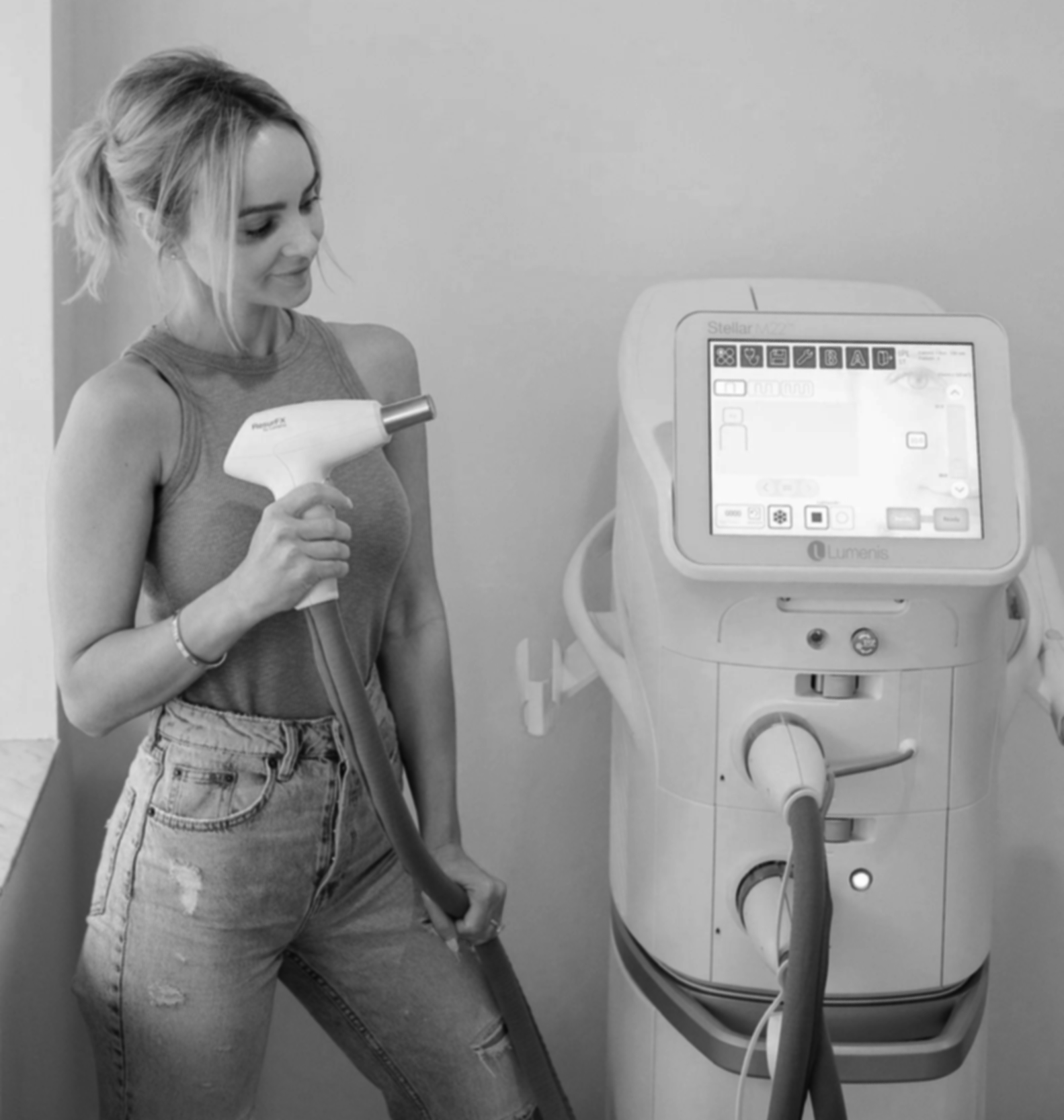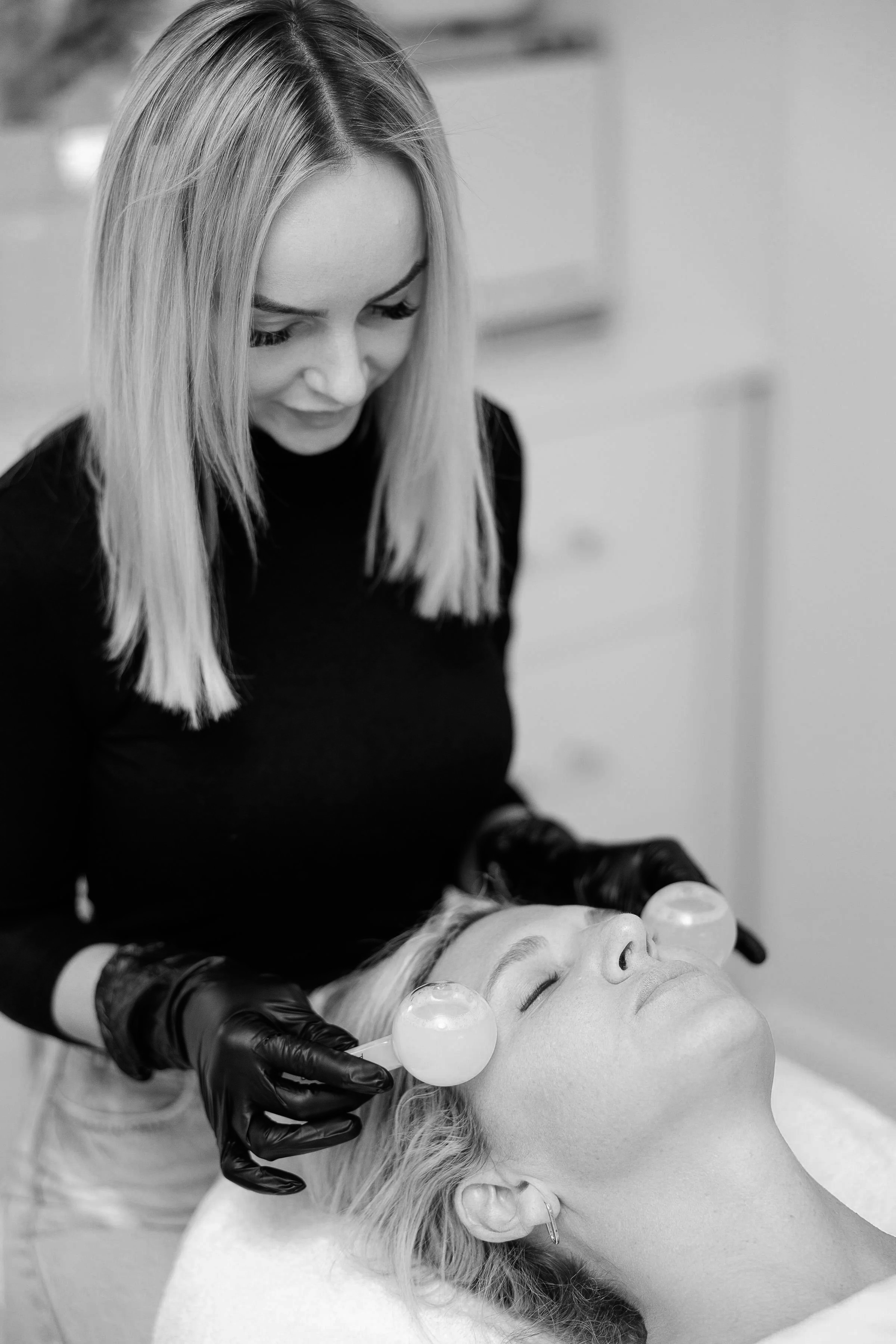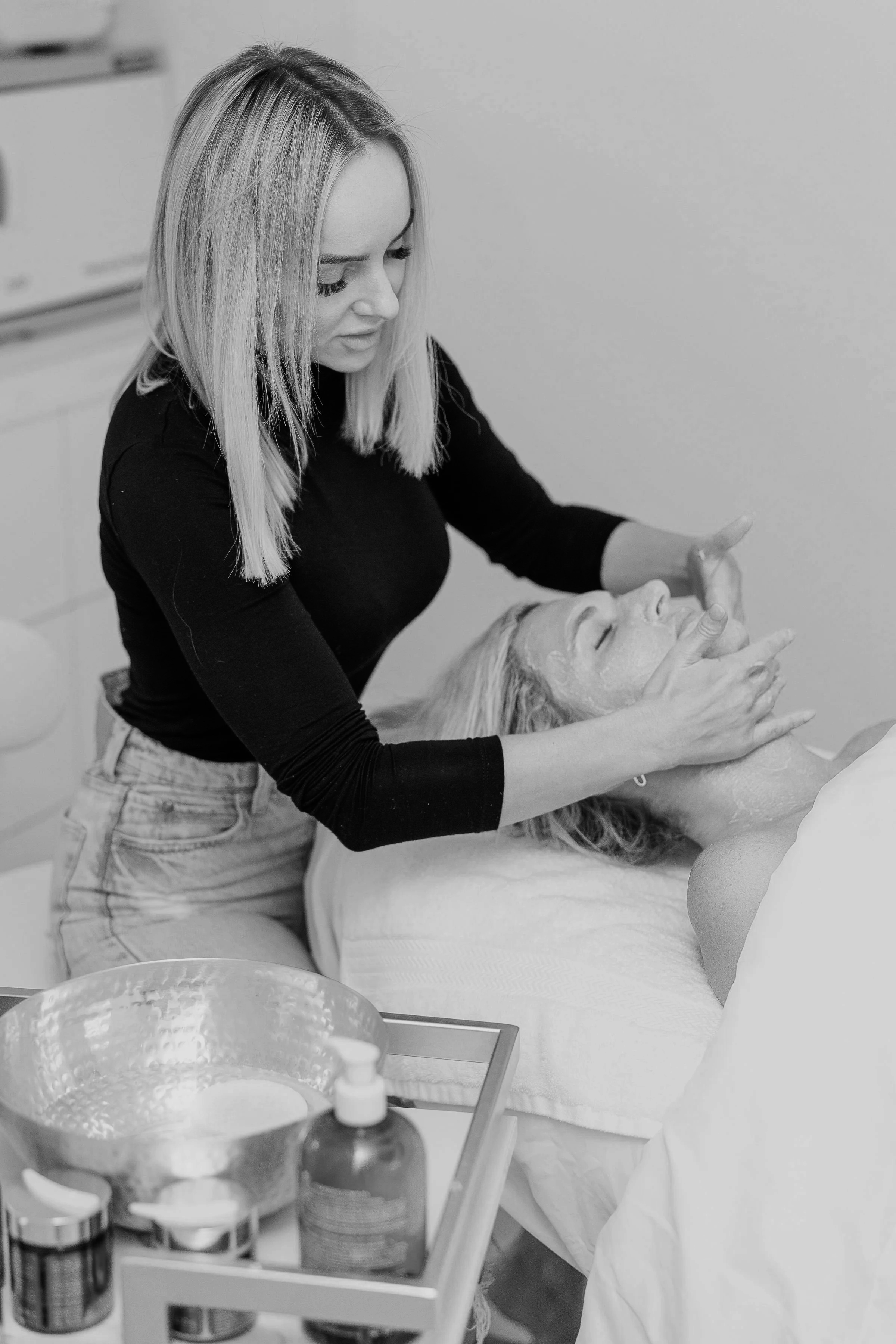
A MORE BEAUTIFUL YOU AWAITS…SERVICES
LASER SKIN
01
The Ultimate duoREJUVENATION
IPL + ResurFX combined!
The Ultimate Duo Photofrational™ lasers is a complete skin rejuvenation solution that allows us to treat a range of skin concerns during one treatment, including sun spots, age spots, broken capillaries, acne scarring, fine lines, wrinkles, stretch marks, and more. The treatment can be performed almost anywhere on the body, including the face, neck, chest, arms, legs, hands, and even the abdomen.
-
Sun damage, fine lines, pores, skin texture
-
minimal
Step into a world of pure rejuvenation where every facial is designed to pamper your skin and soothe your senses. Breathe life back into your complexion with our revitalizing Oxygen Facial, or melt into the warming and cooling sensation of the Fire & Ice Facial, a treatment that awakens a radiant glow. Reveal silky-smooth skin with the gentle touch of Dermaplaning, or bask in the calming energy of LED Light Therapy, restoring balance and brilliance from within. Each experience is a luxurious escape, leaving you refreshed, luminous, and deeply renewed.
FACIALS
02
treat your skinMEDICAL
FACIALS
My medical facials go beyond relaxation to deliver advanced, corrective skincare designed to address your unique concerns. Using professional-grade techniques and clinical precision, I work to improve your skin’s tone, texture, and overall health. Whether you’re looking for acne management, pigmentation correction, deep hydration, or anti-aging solutions, each treatment is customized for visible, lasting results. By blending the luxury of a spa with the science of dermatology, I create a results-driven experience that leaves your skin clearer, smoother, and more radiant.
03
I specialize in injectables designed to enhance your natural beauty with precision and care. Whether it’s smoothing fine lines, restoring youthful volume, or subtly contouring facial features, each treatment is tailored to your unique needs. Using advanced techniques and high-quality products, I create results that look effortlessly natural while boosting confidence. My approach combines artistry with medical expertise, ensuring you leave feeling refreshed, refined, and radiant.
INJECTABLES
04
Elevate your beauty
enhance your natural beautyI believe natural-looking results are the best results, and look forward to enhancing your beauty and lifestyle!



